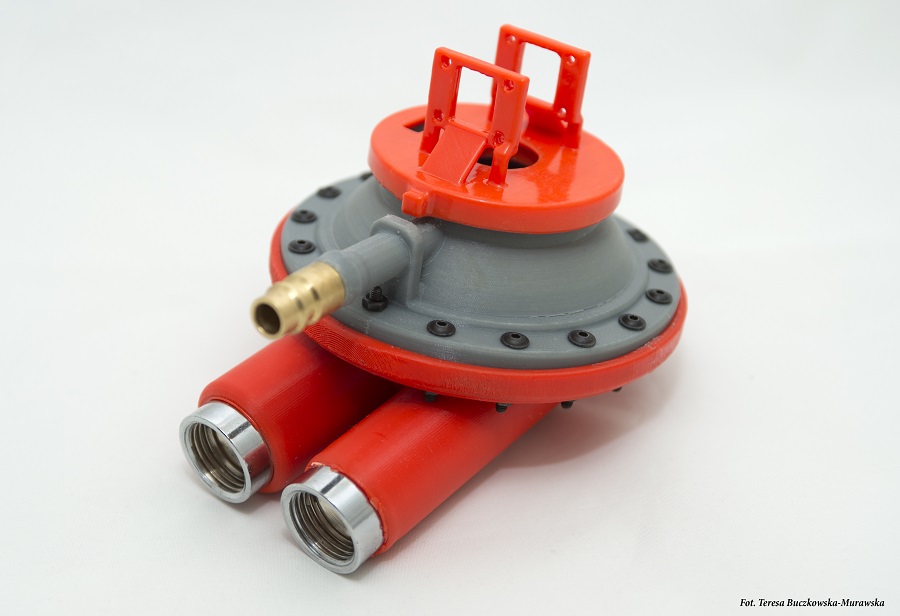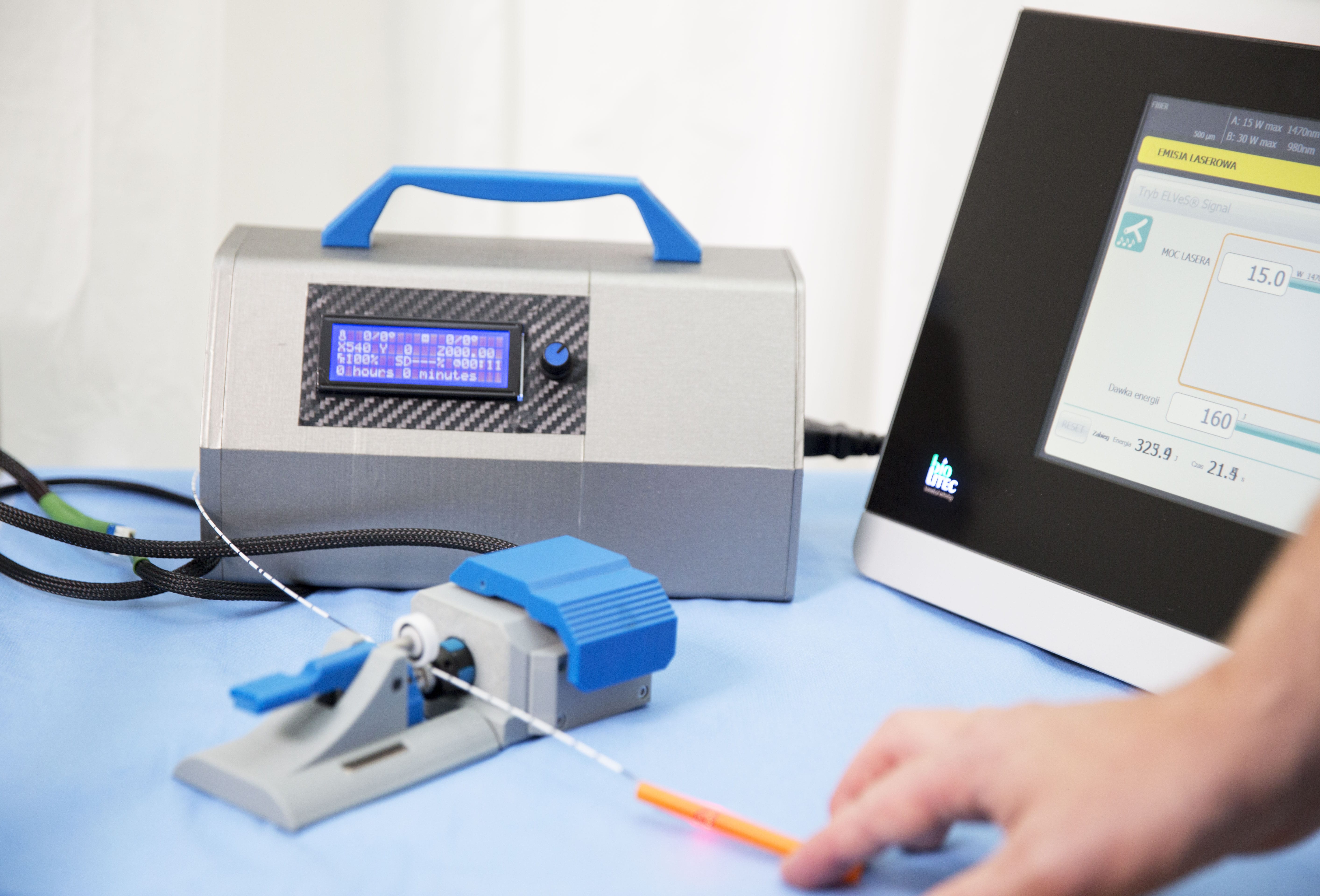Doctors Are Confident – 3D Printing Is the Future of Medicine
In 2019 the value of 3D printing in medicine is expected to reach almost 1 billion USD. Thus, it will be the most valuable branch of 3Dprinting as a whole. In the future all patients will have access to printed organs.
3D printing is already widely used in medicine. For example, 3D printers make it possible to create prostheses with ease. Thanks to 3D scanning and printing you can create substitutes of bones perfectly adjusted to the specific person. Moreover, such prostheses are already pretty inexpensive and the price will continue to drop. This is especially important with regard to child patients. Large companies usually forego manufacturing prostheses for children, as such patients grow at a rapid pace. Few families can afford to constantly spend thousands on a new prosthesis after new prosthesis. The website of the e-NABLE foundation presents packages of various models of prostheses and a list of elements needed to build them. This makes life a lot easier.

3D printed artificial heart
3D printers are already being used to create anatomical models. Up until recently a doctor who was preparing for a surgery could only use a digital representation of the organ that was to be operated on. Unfortunately, such a digital model often proves inadequate for the surgeon to acquaint him or herself with the actual organ. A 3D printer makes it possible to create its real, tangible representation. With such a model the doctor will be able to prepare for the surgery better and make it more likely to succeed. It’s also possible to examine the organ better. A 3D printer allows for creating a model of something as complex as the heart. Such a 3D printed model was made at the Faculty of Cybernetics of the Military University of Technology in Warsaw with a Zortrax M200 3D printer.
What’s Ahead
In the future 3D printing will also be used to create skin and thus heal skin damage resulting from burns. Artificial skin, just like its natural counterpart, will contain fibroblasts and will thus be able to produce collagen, which gives it elasticity. The skin will be 3D printed directly on the injury. The process seems difficult as 3D printers which are available nowadays can only print on flat surfaces. A biological 3D printer will have an inbuilt scanner to supply it with information about how deep the injury is. Based on this data, the 3D printer will identify where to start printing and will adjust the mixture for the proper skin layer. The technology is of much interest to the military, which wants to use it for rapid healing of wounded soldiers.
3D printers will also print medicine for us. As a result the doctor won’t be forced to choose between the doses available on the market and will instead be able to prescribe the perfect dose for each patient. The pills will then be 3D printed in the pharmacy. This should be an attractive solution for people who take many types of medicine at the same time. Today, they have to remember about taking many different pills. In the future, personalized pills will be 3D printed with all the necessary ingredients.

In the more distant future, 3D printing will be used to 3D print entire organs: new kidneys, hearts, lungs. We will be able to treat them as spare parts. This is how humanity will effectively eradicate many illnesses: if you can’t heal an organ, you replace it. Unfortunately, nobody knows when the solution will become available. 3D printing is a rapidly developing technology, but mimicking the construction of organs is a complex job. The technology may be here in a few years or a few dozen years, but nobody doubts that 3D printers using stem cells will give us a longer and less problematic life. Such devices will soon be standard in every hospital and medical facility.